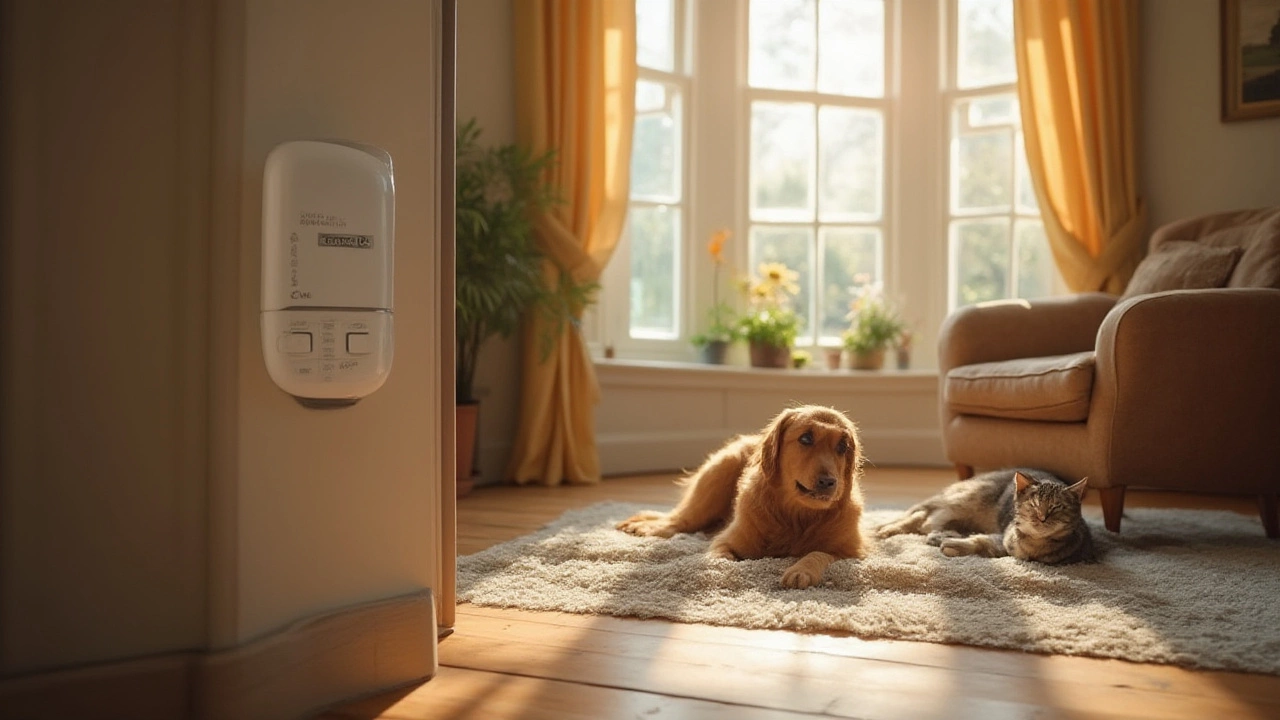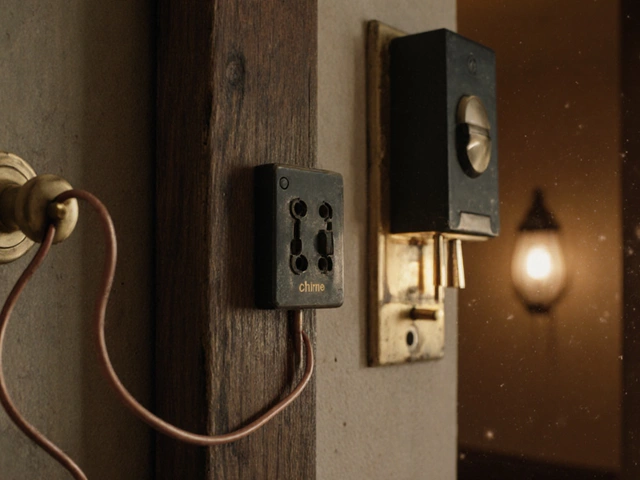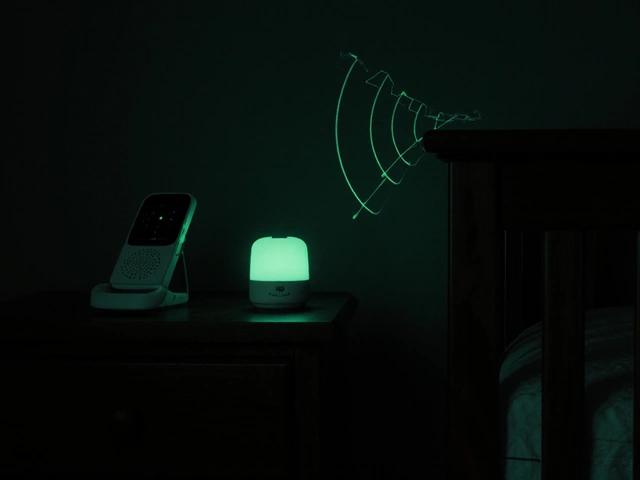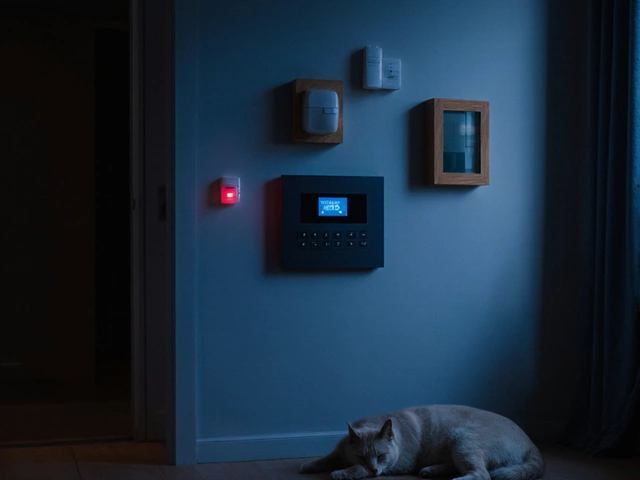Is it possible to keep your house secure without stressing your dog or getting woken up at 2 AM by your cat’s acrobatics? If you've got a pet, you know traditional alarms don’t always play nice with four-legged friends. False alarms from a frisky pup or curious kitten make you question if you need protection or just a better understanding of your own animals’ routines. Reliable home security shouldn’t force you to choose between safety and your pets’ freedom to roam. Here’s how pet friendly alarm systems solve the mess.
Why Traditional Alarms and Pets Clash
Standard alarm systems don’t have much sympathy for your pets. Most old-school motion sensors are set off by anything moving past their invisible watch, whether it’s a 3-pound chihuahua or a 90-pound retriever. In fact, a single large dog can trigger an average of 12 false alarms a year, according to a 2023 study by the National Burglar & Fire Alarm Association. If you get too many false alarms, you could end up getting fined by your city. Some cities reported over 90% of alarm calls dispatched in 2022 were due to false alarms—pets playing a big part.
It’s not just about the nuisance, either. False alarms teach us to ignore the system, chip away at our trust, and can make us less likely to arm the alarm at all. That’s risky. And pet owners know the guilt trip when a startled pet cowers after setting off the siren. So, how does a pet friendly alarm system change this situation?
Pet friendly alarms use better technology. Instead of being triggered by any motion, these clever systems tell the difference between intruders and pets using a mix of size, weight, movement type, and sometimes even temperature differences. Most modern systems allow you to set the motion sensor’s sensitivity using pet-immunity features. Let’s say your cats are ten pounds each; you configure the sensor to ignore anything under 50 pounds. The system understands your furry friends aren’t burglars—unless you’ve got a very cheeky raccoon as a pet.
Of course, it’s not just dogs or cats. Birds, lizards, and rabbits can also trigger less sophisticated alarms if they’re visible by motion detectors. Standard PIR (Passive Infrared) sensors pick up on heat and motion but can’t tell the difference between a human and a Himalayan cat—unless they’re specifically designed with pet-immunity in mind.
Another underrated issue is the placement of sensors. Most alarms are installed about 7 feet above the floor, precisely at the level where your dog likes to jump if they spot a squirrel through the window. Or how about cats who love to parade across bookshelves? Misplacement leads to more headaches. Pet friendly alarms often come with detailed instructions—and sometimes pro installations—that account for your pet’s temperament and movements in the house. A professional who knows pet friendly configurations can make a world of difference.
Environmental factors trip up traditional alarms too. Sunlight warming the floor in the afternoon, swaying curtains, or even the hum from a fish tank heat lamp can all confuse basic sensors. Smart sensors built for pets are better at filtering out these background disturbances. They use dual-technology detectors or special algorithms to ignore anything that doesn’t match the signature of an actual intruder.
So, the main clash? Old sensors can’t distinguish Fido from a felon. Pet friendly alarm systems take that extra step, blending smarter hardware and software to keep the alerts honest and spare your pets unnecessary stress.
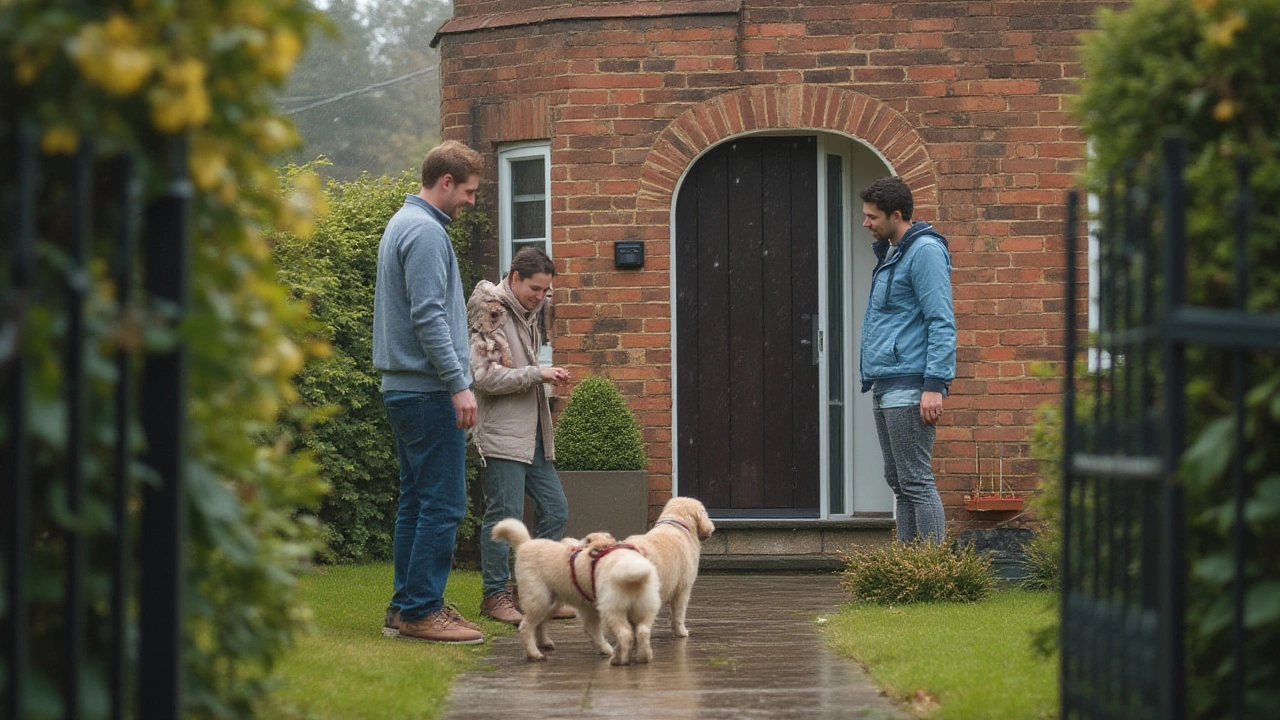
How Pet Friendly Alarms Actually Work
So how do these magic alarms separate a stubborn golden retriever from a real burglar? The secret is in finely tuned sensors and, increasingly, in artificial intelligence.
The backbone of any pet friendly alarm is the motion detector. Traditional sensors trigger when they detect any movement within their field of view. Pet friendly versions use what’s called “pet immunity.” The best sensors are designed to ignore bodies below a certain weight (usually somewhere between 35 and 80 pounds, depending on your needs). Some models use a combination of size, weight, and heat detection, so even if you own a big breed, you can minimize accidental triggers.
Let’s take a closer look at sensor technology you’ll spot in a quality pet friendly alarm system:
- PIR Sensors with Pet Immunity: These are standard in most modern systems. They sense infrared heat but are programmed to ignore heat signatures below a set size/mass threshold so your three cats can wander safely.
- Microwave Sensors: Used in combination with PIR for added reliability. They bounce microwaves around the room and only activate the alarm when both PIR and microwave units detect the same event. If your pet is under a certain size, their heat and movement are both ignored.
- AI-Powered Cameras: Here’s where things get really smart. These cameras do visual recognition and use on-device AI to sort out pet from person based on walking pattern, size, and sometimes even fur color. A 2024 case study from the Security Industry Association showed a 68% drop in false alarms on homes with AI-powered pet recognition, compared to standard PIR-only systems.
Some advanced systems let you customize which zones are “pet friendly.” This means if you know your cat never goes upstairs, you can set those zones for full alert. You can even draw out “exclusion zones” in the camera’s field of view, so it ignores everything coming from the floor up to 2 feet high—perfect for floor-level pets.
Let’s compare a typical pet-friendly sensor’s capabilities with a standard one, so you see how the features stack up:
| Feature | Standard Motion Sensor | Pet Friendly Sensor |
|---|---|---|
| Weight Sensitivity | None | Ignores movement under 40-80lbs |
| Heat Sensitivity Tuning | Basic | Advanced (matches human-sized heat signature) |
| Zone Customization | Fixed | Customizable zones |
| AI Behavior Recognition | No | Yes (on new systems) |
| False Alarm Rate (with Pets) | High | Low |
Setting up a pet friendly alarm means knowing your pet’s habits. Does your dog nap in one spot or do laps around the house at night? Does your cat vault onto every kitchen counter looking for treats? Be honest about their sneakiest moves. This helps when configuring the sensitivity, installing sensors, and drawing out the monitored “zones.”
Pet friendly alarms aren’t just about sensors, either. Some tie in with smart home hubs. If your system knows you’re out walking the dog, it can arm different sensors than when you’re all at home. You can even train some AI cameras by tagging motion clips—so if your bunny’s signature hop gets flagged, you mark it as “pet movement” and the camera learns for next time.
Let’s not forget the false alarm fines. Many U.S. cities now charge up to $250 for excessive false alarms, especially if emergency services have to check them out. Pet friendly alarms save money and neighborly goodwill by keeping triggers down. The same 2023 study found households with properly installed pet friendly alarms reported a 74% reduction in nuisance calls compared to households with non-pet friendly setups.
Here’s a quick roundup of tips to make your pet friendly alarm as reliable as possible:
- Place sensors away from favorite pet perches and tall furniture your cat can reach.
- Set pet immunity 10-15 pounds heavier than your heaviest animal.
- Double-check if your motion detector’s field covers staircases—pets love stairs!
- Train your pets to stay out of “alarm zones” if possible—for example, blocking access with gates or barriers.
- Regularly review camera footage to confirm the system is ignoring pet movement as planned.
- Look for alarms with app-based controls so you can tweak settings if your pet’s habits change.
The best part? Modern pet friendly alarms blend so smoothly with smart home devices that you rarely miss a trick—or a treat.
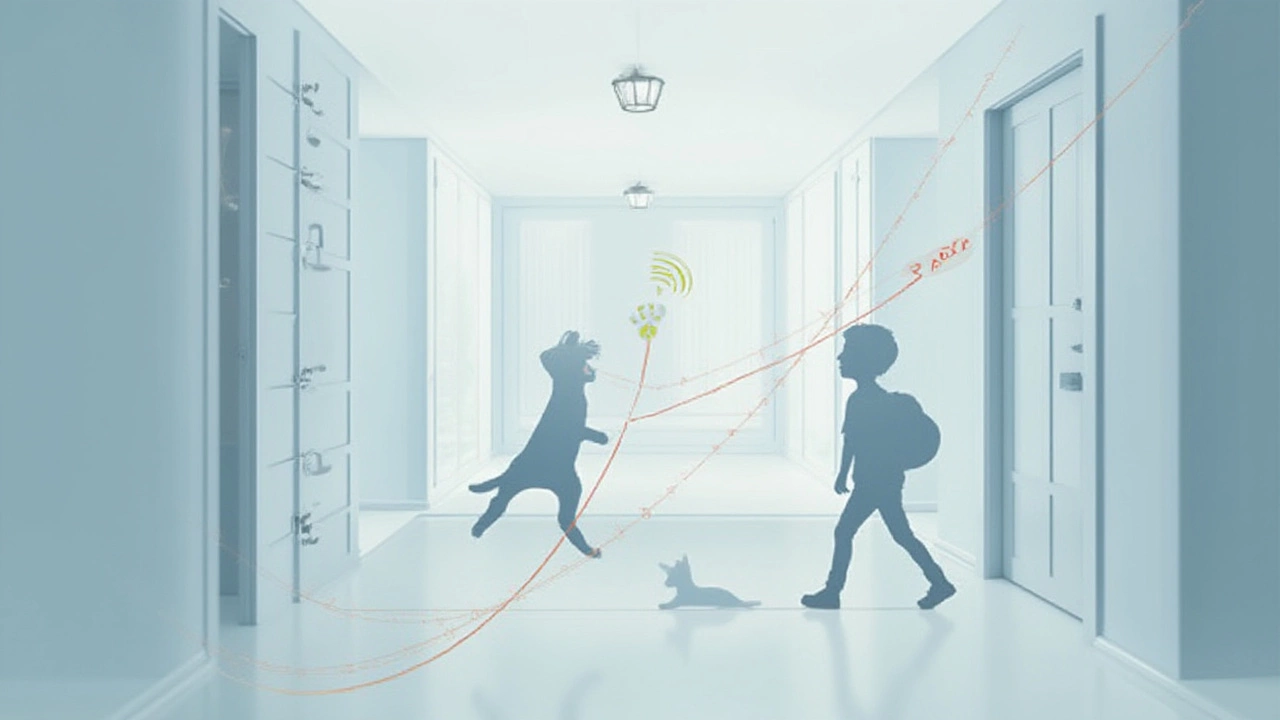
Choosing the Right Pet Friendly Alarm for Your Home
Your perfect pet friendly alarm depends on your pets, your home layout, and just how much tech you want in your life.
Start by sizing up your household zoo. If you have big dogs (or several cats with ambitions to join Cirque du Soleil), look for high-weight tolerance motion sensors—up to 80 pounds is now common on top-tier models. Have small pets that rarely leave their habitat? You might get away with entry sensors and skip motion detectors in those rooms altogether. If you’ve got both jumpy cats and lazy dogs, combining pet immune sensors with zone-configurable cameras is your best bet.
Home size and layout are next. Do your pets roam freely between floors? Is there a basement door that’s notorious for being left ajar? Map out your pet’s usual routes. Focus motion sensors on areas with no pet access (like a garage or office) and use door/window sensors or glass-break detectors where motion would be too risky.
If you rent, go wireless. Most leading pet friendly alarms (SimpliSafe, Ring, Abode, and ADT Pet-Friendly Series come to mind) offer wireless kits, peel-and-stick sensors, and app integration. You won’t need to drill holes, and setup is usually under 30 minutes. That’s less time than it takes for a golden doodle to find your favorite shoe.
Don’t forget the brains behind the sensors—the alarm hub or base station. Look for systems that support flexible arming (like ‘stay’ and ‘away’ modes) and send instant smartphone alerts. Many allow you to check motion event logs to spot any unusual activity (or find out if your “lazy” dog is actually staging midnight dance parties in the kitchen).
Many pet owners get a real peace of mind boost from daily updates. Some alarms send you a report every morning: “No unusual movement detected in lounge from 11 p.m. to 7 a.m.” It’s a comfort, especially if you have an older pet or want to keep tabs while you’re away.
Pricing is all over the map. Expect to spend anywhere from $40 for a basic pet immune sensor to $400+ for a premium, AI-powered multi-room system. Don’t just go by price; read the reviews. Shrewd shoppers check if a system can learn as your pets (and your family) change routines, so you won’t have to start from scratch when you adopt another furball.
And here's something that doesn't get talked about enough—maintenance. Testing your pet friendly alarm once a month is a lifesaver. Use the ‘test mode’ in your app, send your dog through the living room, and make sure there’s no siren. This way, you’ll trust the system when it matters.
Below is a quick checklist for picking the right system:
- Pet weight tolerance matches or exceeds your heaviest pet
- Customizable zones or exclusion areas for high-traffic pet routes
- Mobile app or web-based settings adjustment
- Integration with smart home devices (lights, cameras, voice assistants)
- Easy-to-fit wireless design, especially for renters or frequent movers
- Responsive customer support in case you need to troubleshoot with pets in mind
- AI-powered camera add-ons for multi-pet homes
Keep in mind, as of 2025, pet friendly alarm technology is advancing fast. By picking a system that gets regular software updates and won’t be outdated in a year, you’ll save yourself a ton of stress down the line. Your pets stay happy, and your home stays safe. Isn’t that what everyone wants?

